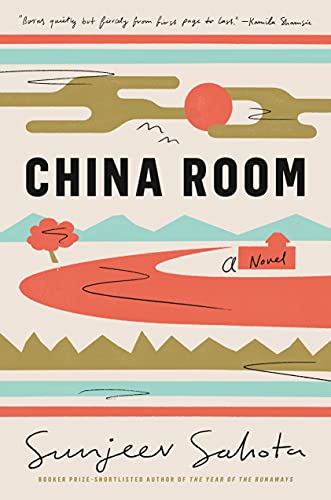China Room
Trauma and endurance form the complex legacy passed on by a young woman, trapped in a loveless marriage in Punjab in 1929, to her great-grandson, the descendant of Indian immigrants to Britain, who returns seventy years later to the home where she had suffered.
1929. When Mehar, along with two other brides, is married to one of three brothers in a single ceremony, her mother-in-law denies her the succor of knowing which man beds her at night. While her sisters-in-law submit to this cruel caprice, Mehar sets out to discover her husband’s identity. Her quest for love and insight results in a domestic tragedy that has grave repercussions for her descendants.
1999. An unnamed young man of Asian heritage, freshly arrived from England, retreats to the Indian family estate where the so-called China Room once witnessed the rebellion and subsequent subjugation of his great-grandmother.
Does a return to the place where his ancestor challenged fate allow a young man to overcome his defeatism, caused by the discrimination he experiences in his adopted homeland? The novel contains two strands—one belonging to him, the other to his great-grandmother— which run side by side and don’t connect until the end when a brief aside explains how her actions prompted his exile. While Mehar’s story is told in the third person, and her great-grandson’s is told in the first, both are vividly rendered. Their two voices are distinct; whereas the language in Mehar’s section is lyrical, measured, and historical, the young man’s idiom is modern, fast-paced, direct. Although both accounts are moving, Mehar’s is more memorable, since the oppression she experiences is immediate and familial, rather than general and societal. Although more interweaving between the narrative threads would have been desirable in order to clarify the author’s intent, each reads poignantly. Highly recommended.










